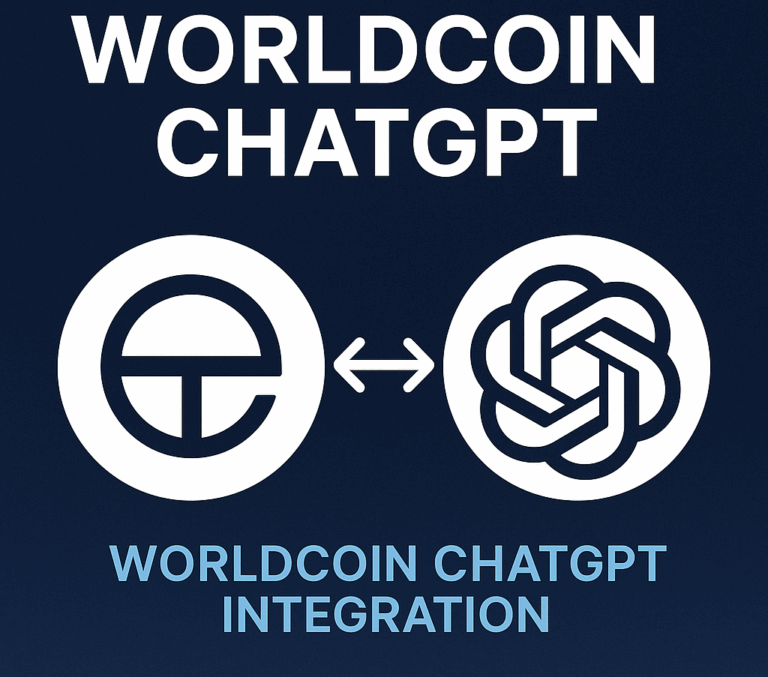What are stablecoins?
Stablecoins are digital assets whose value is pegged to a fiat currency such as the U.S. dollar (USD), the euro (EUR), or other stable assets. Unlike volatile cryptocurrencies like Bitcoin or Ethereum, stablecoins aim to maintain a constant value.
How do the stablecoins work?
There are several types of stablecoins, and their operation depends on the backing mechanism they use:
- Fiat-backed: each token is backed 1:1 by traditional currency held in a bank account (e.g., USDT, USDC).
- Crypto-collateralized: use other cryptocurrencies as collateral (e.g., DAI).
- Algorithmic: maintain their peg through algorithms and supply/demand (less common).
Leading Stablecoins in 2025
USDT (Tether)
The most widely used stablecoin globally, broadly accepted by exchanges and merchants. Its liquidity makes it ideal for payments and trading.
USDC (USD Coin)
Issued by Circle and backed by regulated U.S. institutions, USDC is gaining traction thanks to its transparency and frequent audits.
DAI
A decentralized stablecoin backed by crypto assets, popular among DeFi users and Web3 platforms.
New Stablecoins in 2025
Growth is expected in regional stablecoins like the e-COP (Colombian digital peso) or MXN stablecoins, driven by governments or private entities to facilitate local e-commerce.
Use Cases for Stablecoins in 2025
- International digital payments without banks
- Instant P2P transfers with low or no fees
- Inflation protection in emerging economies
- A bridge between the traditional financial system and the crypto space
Why Stablecoins Are Key to the Financial Future
In an environment where crypto volatility limits mass adoption, stablecoins are the ideal solution for everyday transactions. In 2025, it is expected that they will:
- Be adopted by banks and neobanks
- Be integrated into payment gateways like Futswap for ecommerce
- Be regulated as secure payment methods in various countries
Challenges and Regulations for stablecoins in 2025
Despite their growth, stablecoins face challenges:
- Strict regulation from governments and financial entities
- Reserve transparency and constant audits
- Competition from CBDCs (central bank digital currencies)
Stablecoins in 2025 won’t just be tools for traders or blockchain enthusiasts—they will be a key part of the global financial system. Whether for payments, savings, or ecommerce, stablecoins are shaping the future of digital money.
Want to start accepting stablecoins like USDT or USDC in your business?
👉 Discover how to integrate them with solutions like Futswap and connect with the financial future.







